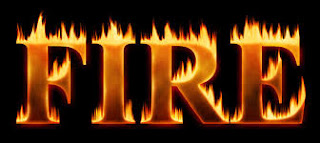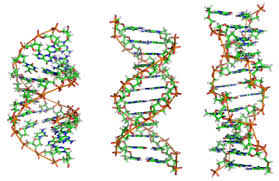काँच की उपयोगता और दुर-उपयोगता के बारे मे जरुर जाने?

GLASS CAPTURING THE DANCE OF LIGHT A. Glass, in one form or another, has long been in noble service to hum ans A s one of the m ost widely used of manufacture d materials, and certainly the most versatile, it can be as imposing as a telescope mirror the width of a tennis court or as small and simple as a marble rolling across dirt The uses of this adaptable material have been broadened dramatically by new technologies glass fibre optics — more than eight million miles — carrying telephone and television signals across nations, glass ceramics serving as the nose cones of missiles and as crowns for teeth; tiny glass beads taking radiation doses inside the body to specific organs, even a new type of glass fashioned of nuclear waste in order to dispose of that unwanted material. B. On the horizon are optical computers These could store programs and process information by means of light -...



